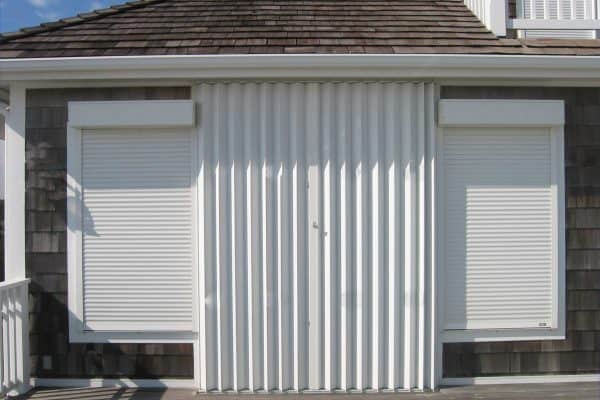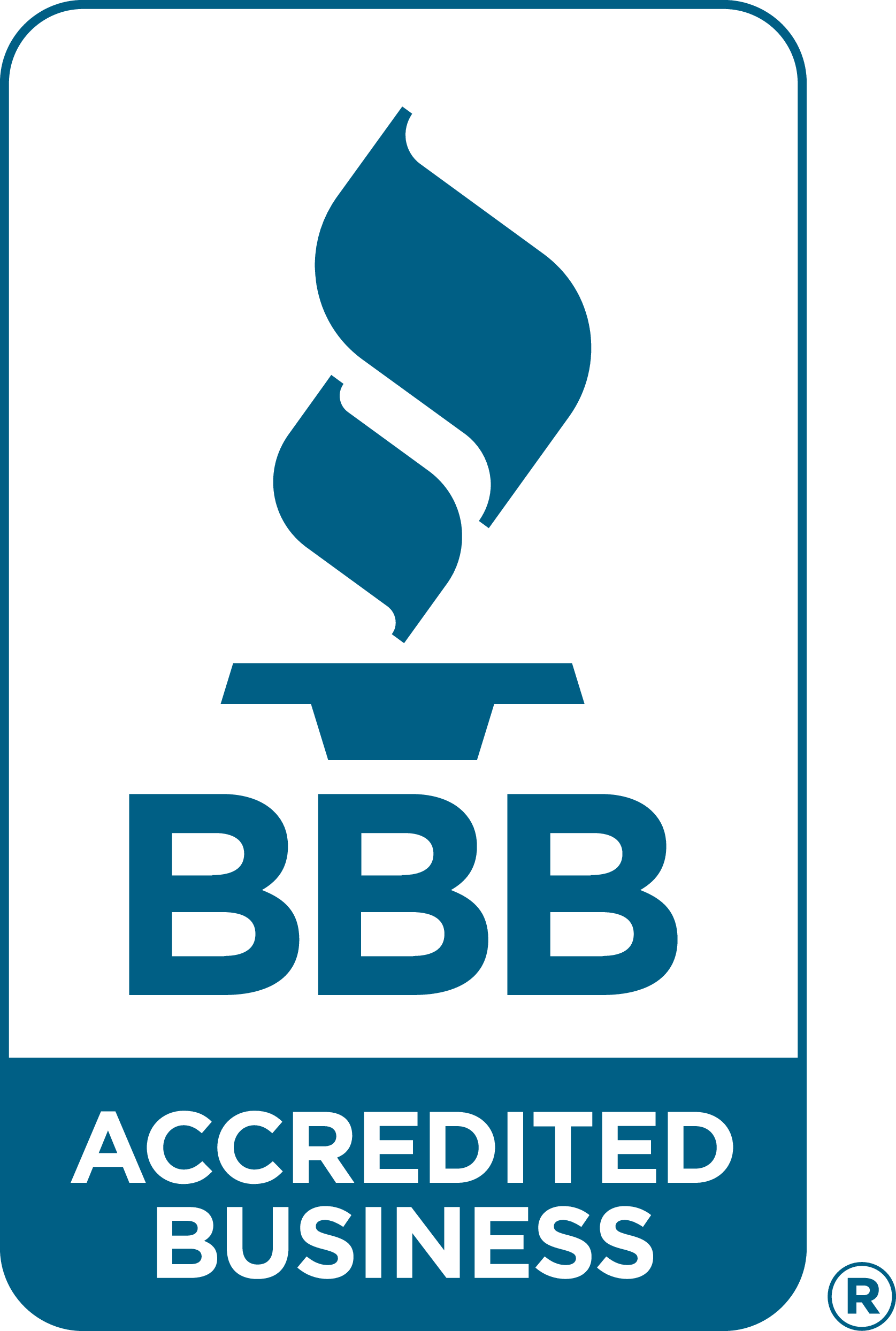Homeowners Insurance Discounts, Matching Grants and State Income Tax Credits
Many homeowners of the Grand Strand region often ask about hurricane shutters and how they can help protect their home as well as reduce homeowners’ insurance premiums, apply for discounts and submit for income tax credits. Below is a brief overview to help homeowners save on their hurricane protection investment.
Hurricane Protection Explained
Hurricane panels, shutters or impact resistant windows are installed to protect the building envelope. The main cause of hurricane damage behind storm surge is the penetration of the windows and doors from flying debris. Wind alone can cause damage, but it’s mainly caused by the debris breaking windows and doors that allow the wind to enter the home causing lift on the roof and outward pressure on the walls.
By protecting the glazed openings and in-swing doors you are helping prevent the loss of the roof. Many building codes have changed and some form of hurricane protection for your windows are now a requirement. Although plywood and OSB (oriented strand board) are allowed for a Certificate of Occupancy they do not meet testing requirements and will fail much quicker than a rated system.
Many people have plywood but lack the ability to secure it on the home in the event of a hurricane threat. A much more convenient and stronger solution is to have rated panels, shutters or storm-resistant barriers installed on all windows and doors. If you have an attached garage you need to make sure your garage door is hurricane rated or you have hurricane protection for your garage door. This is one of the most vulnerable openings in the home. Wind can either blow it in off the tracks or it can be pulled away from the tracks by the extreme pressures in a hurricane.
Due to several years without a severe hurricane storm many people have grown complacent about the damage and destruction that will again come to our area. It is not a matter of if, but when another powerful hurricane will strike. Now is the time to prepare your home and plan. It only takes one hurricane to make a terrible season if that hurricane damages or destroys your home. Here are three ways to save:
-
Homeowner Hurricane Insurance Discounts
Another great benefit for having hurricane shutters are discounts (or credits) on your homeowners’ insurance policy. With the passing of the Omnibus Coastal Property Insurance Reform Act of 2007, insurance companies are now required to offer discounts to homes protected with hurricane protection materials. In some cases, this discount can be 20-30% off your insurance premiums…every year. Even if you have hurricane protection material on your home, such as hurricane shutters, this doesn’t mean that you have been given the discount/credit from your insurance company. Home owners must use products and installation procedures deemed acceptable to local building code officials.
Click here to learn how to maximize your annual savings at the SC Department of Insurance website.
-
Grant Money from the State of South Carolina
Administered by the South Carolina Department of Insurance, the South Carolina Safe Home Program, provides grant money to individual homeowners to make their property more resistant to hurricane and high-wind damage. The funds provided by this program are for the sole purpose of retrofitting owner-occupied, single-family homes. South Carolina Safe Home funds may not be used for remodeling, home repair or new construction. This program was established though the Omnibus Coastal Property Insurance Reform Act 2007. Written into the Omnibus Act is that if a primary-home structure is insured for less than $300,000 then you may qualify for a matching grant up to $10,000 to protect your home from hurricane damage. If your income is below a certain level, you can qualify for a full grant of $5,000 to protect your home from hurricane damage. Retrofitted or strengthened homes are less vulnerable to the effects of severe wind storms, thereby making hurricane and high-wind damage less likely and less intense. Fewer damages result in lower or fewer insurance claims and will overtime reduce insurance premiums for all South Carolinians.
Click here to learn more on grant availability and qualifying requirements at the SC Safe Home website.
-
Tax Credits from the State of South Carolina
South Carolinians are incentivized to protect against damage that could be caused before a hurricane or catastrophic event occurs. There are two SC State Income Tax Credits available to help offset the costs of mitigation to one’s legal residence. Together, they are known as Tax Credits for Fortification Measures. First, a Tax Credit for Retrofit Project Costs is available to help offset some of the costs incurred in a qualified fortification project such as labor and material costs. The maximum tax credit in any taxable year is limited to 25% of the total costs incurred (after subtracting the grant award) or $1,000, whichever is less. Second, a Tax Credit for Retrofit Supplies allows SC taxpayers a credit of up to $1,500 against the state sales or use taxes paid on purchases of tangible personal property used in a qualified fortification project. Tax credits reduce the amount owed for state income tax, dollar for dollar. Fortification measures or retrofits must increase the structural resistance to hurricane, rising floodwaters or other catastrophic windstorm event damage.
Click here to learn more at the SC Department of Revenue website. Download Tax Form SC SCH.TC-43.
Call or email Carolina Home Exteriors for a free estimate and give yourself the peace of mind that you and your home are ready when a hurricane makes landfall in the Grand Strand. As a South Carolina Licensed Residential Builder, Carolina Home Exteriors is repeatedly chosen by leading architects, builders and municipal leaders. Ask the professionals at Carolina Home Exteriors as qualifying projects must follow the prescribed standards as outlined in the SC Safe Home Resource Document for Mitigation Techniques.





